Spare parts for agglomeration metallurgical plants
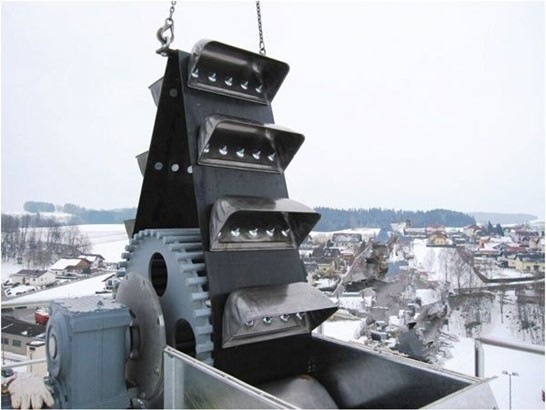
Bucket belts and bucket tracks.
Bucket bands
Purpose: Bucket belts are designed to move bulk materials in a vertical or inclined direction.
Device: Composed of special buckets attached to a continuous belt conveyor.
Application: Used in mining, metallurgical, cement and other industries for the transport of coal, ore, cement and other materials.
Bucket track
Purpose: Bucket tracks are conveyor systems with buckets designed for lifting or moving materials.
Device: The buckets are mounted on a special chain or tape structure that allows the material to be moved in a vertical or inclined direction.
Application: Often used in agriculture for grain lifting, in construction for supplying building materials, as well as in other industries.
Benefits of using
Efficiency: Provide continuous and efficient transportation of bulk materials over long distances.
Reliability: Designed for high loads and long service life.
Flexibility: Suitable for different operating conditions and types of materials transported.
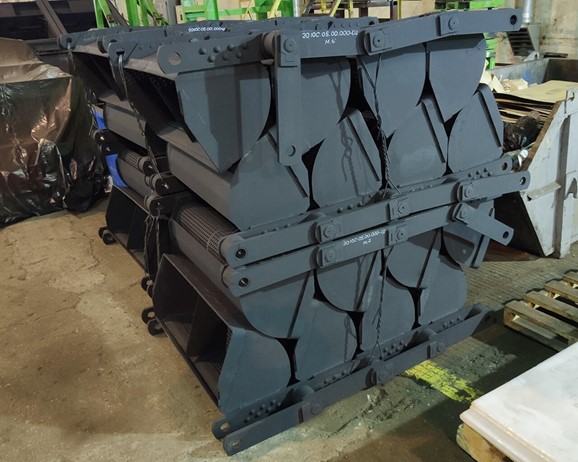
Conclusion
Bucket belts and bucket tracks play an important role in industry, providing efficient and reliable transport of bulk materials. Their diversity and applicability make them an integral part of many production and transport processes.
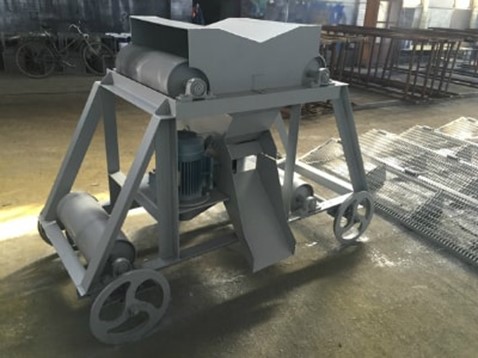
Spare parts and carts for sintering tapes
Spare parts
Purpose: Spare parts are designed to replace worn or damaged components in sintering tapes, ensuring their continuous operation.
Types: Includes rollers, guides, bearings, belts, mechanical and electrical components.
Sintering Tape Trolleys
Purpose: Trolleys are used to transport and move sintering belts inside the enterprise or on the production site.
Characteristics: They can be equipped with special devices for safe and efficient belt movement.
Application
Industries: In cement, glass, metallurgy and other industries where sintering tapes are used.
Spare parts and sintering tape trolleys are important elements for maintaining the continuity of production processes and ensuring efficient equipment management. Their availability and use help minimize time losses and improve production efficiency.
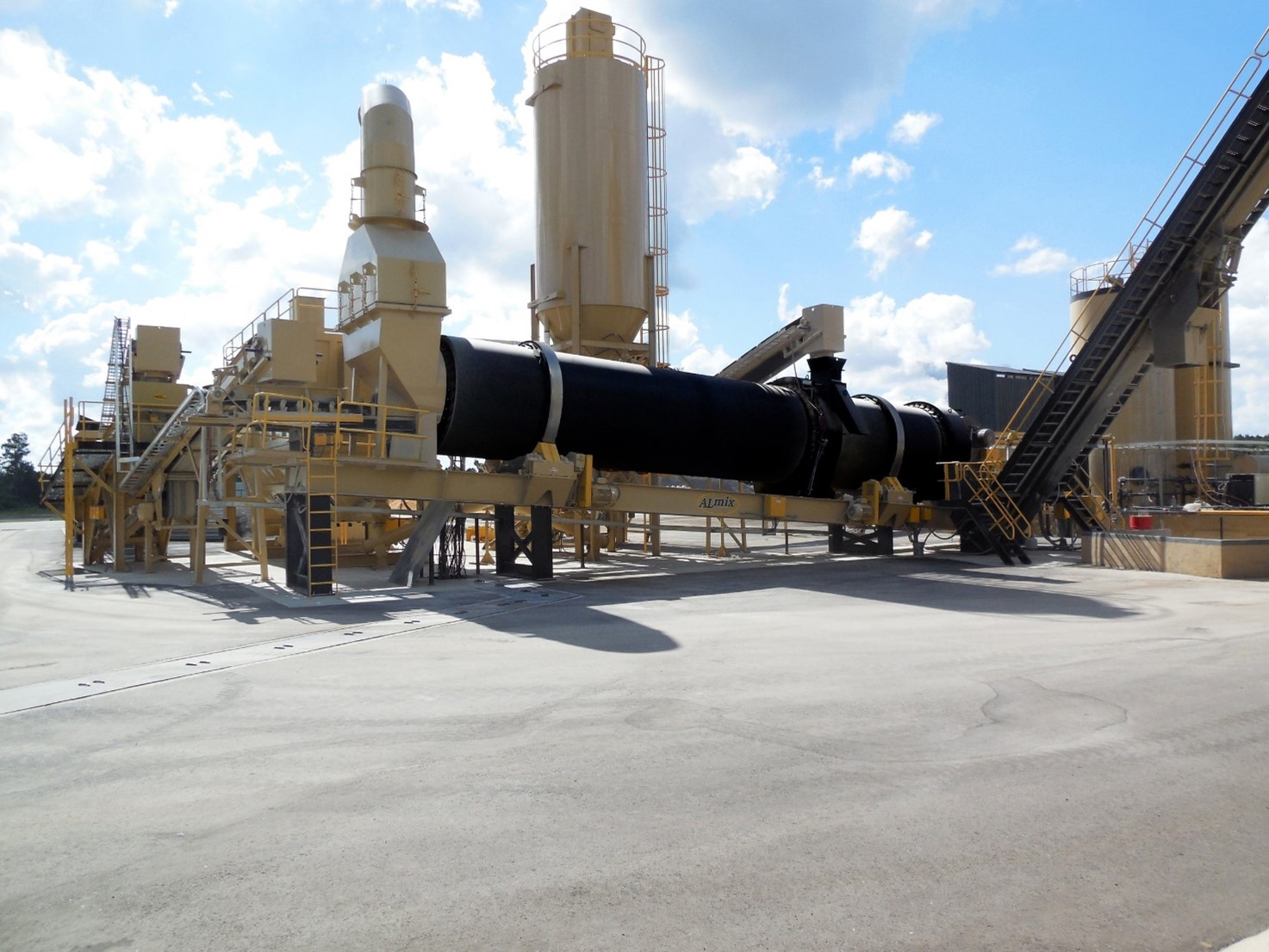
Mixing drums
Mixing drums are special containers or drums used for mixing different materials. Here is the main information
Appointment
Material mixing: Used for mixing bulk, granular or liquid materials.
Application: Widely used in the construction and chemical industries, concrete, asphalt, polymers, ceramic products and other sectors where uniform and quality mixing is required.
Mixing drum dypes
Rotary drums: Materials are mixed when the drum rotates around a horizontal or vertical axis.
Static mixers: Used for mixing materials fed through special channels or nozzles without rotating the drum.
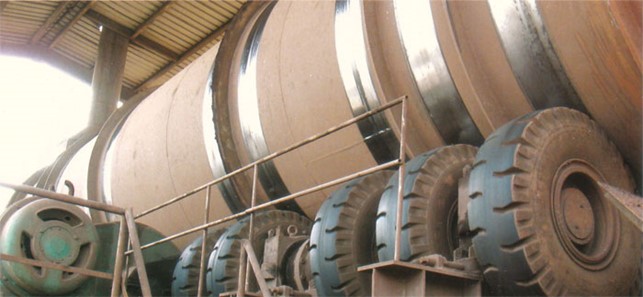
Materials
Steel: For strength and durability.
Polymers: For specific mixing requirements requiring chemical resistance or reduced wear.
Application
Mixing drums are used in various industries where it is important to ensure high quality mixtures for subsequent processing or use in manufacturing processes.
Mixing drums play a key role in the production and processing of materials, ensuring uniform and efficient mixing of different components. Their variety of types and materials makes them a versatile tool for many industrial applications.
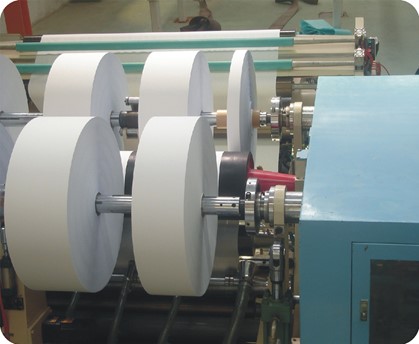
Tapes sintering, their parts and knots
Appointment
Sintering tapes are designed to transport and burn various materials in industrial furnaces.
Application
Sintering tapes are used in metallurgy, cement, glass and ceramic industries for firing and heat treatment of materials at high temperatures.
Conclusion
Sintering tape parts and assemblies play a critical role in ensuring a continuous and efficient heat treatment process for materials, providing stability, reliability and durability under high temperatures and intense production loads.